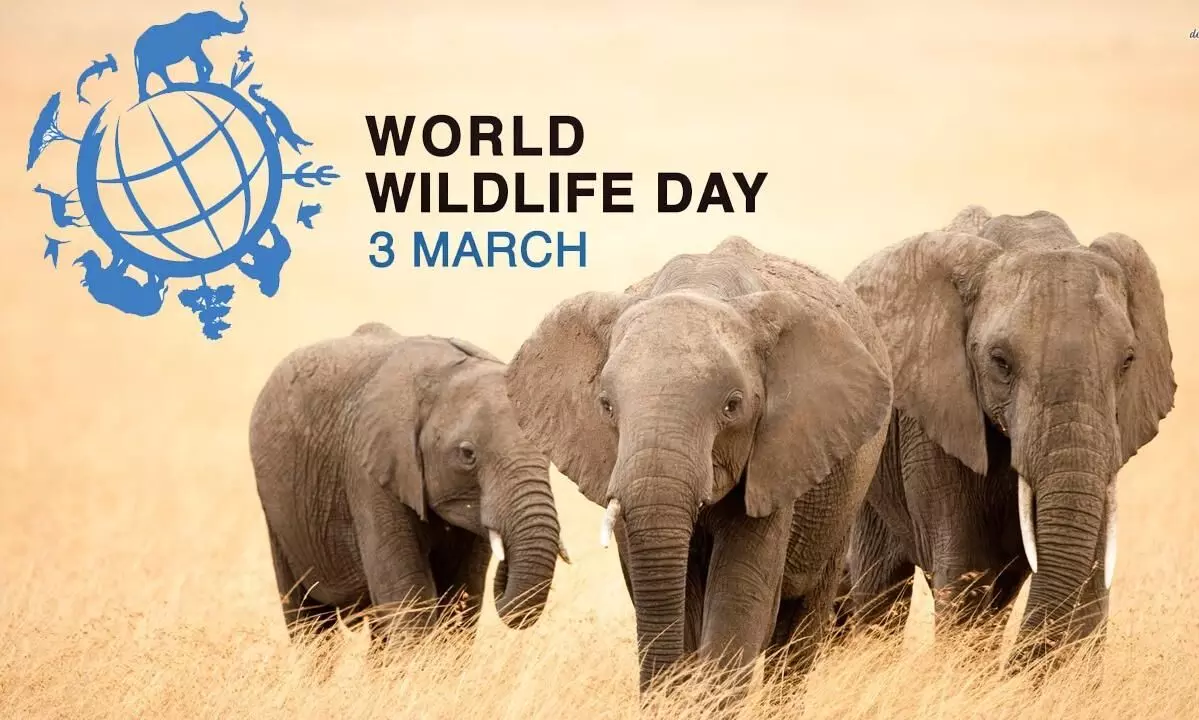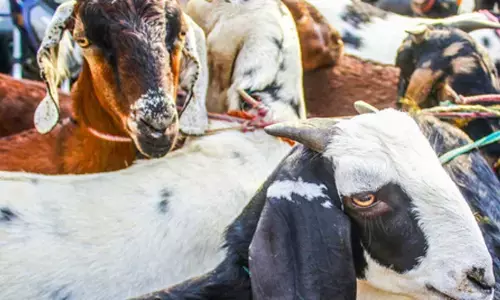World Wildlife Day 2023: Theme, Significance, Importance, History

World Wildlife Day is an annual international event celebrated on March 3rd to raise awareness about the importance of preserving wildlife and their habitats. It was established by the United Nations General Assembly in 2013 to coincide with the signing of the Convention on International Trade in Endangered Species of Wild Fauna and Flora (CITES) in 1973.
The theme for World Wildlife Day 2023 is "Forests and Livelihoods: Sustaining People and Planet." The focus is on the crucial role that forests and their ecosystems play in supporting the livelihoods of millions of people worldwide and their significant contribution to sustainable development.
Events and activities are held globally to promote the conservation of wildlife and their habitats, including educational programs, community-based projects, and advocacy campaigns. The goal is to encourage individuals and organizations to take action to protect and conserve wildlife and their habitats for future generations.
Theme of World Wildlife Day 2023:
The theme of World Wildlife Day 2023 is "Forests and Livelihoods: Sustaining People and Planet". The focus is on the crucial role that forests, their ecosystems, and the wildlife within them play in supporting the livelihoods of millions of people around the world, particularly indigenous and local communities with historic ties to forested and forest-adjacent areas. The theme also highlights the importance of conserving forests and wildlife to maintain the balance of nature and promote sustainable development.
Significance of World Wildlife Day 2023:
World Wildlife Day 2022 is significant in raising awareness about the critical role that forests and wildlife play in sustaining the livelihoods of millions of people, particularly indigenous and local communities. The day also emphasizes the importance of conserving forests and wildlife to maintain the balance of nature and promote sustainable development. It provides an opportunity to reflect on our relationship with the natural world and to recognize the urgent need for action to protect and conserve wildlife and their habitats. By promoting conservation efforts and sustainable use of natural resources, World Wildlife Day 2022 aims to contribute to a more harmonious relationship between humans and nature.
History of World Wildlife Day 2023:
World Wildlife Day is celebrated annually on March 3rd to raise awareness about the importance of protecting and preserving wildlife around the world. It was proclaimed by the United Nations General Assembly in 2013, and the first World Wildlife Day was celebrated on March 3rd, 2014.
The date was chosen to coincide with the adoption of the Convention on International Trade in Endangered Species of Wild Fauna and Flora (CITES) on March 3rd, 1973, which is an international agreement between governments to ensure that international trade in wild animal and plant species does not threaten their survival.
Since its inception, World Wildlife Day has been celebrated globally with various events, campaigns, and activities aimed at raising awareness and promoting the conservation of wildlife. Each year, a specific theme is chosen to focus on a particular aspect of wildlife conservation.
The Indian Government has initiated various projects for the protection and conservation of wildlife. Project Tiger, which began in 1972, focuses on conserving not only tigers but also their entire ecosystem. Project Elephant, started in 1992, aims to conserve elephants and their habitat, while also addressing issues such as human-elephant conflict. The Crocodile Conservation Project aims to protect crocodiles by establishing sanctuaries for their natural habitat, promoting captive breeding, and involving local communities in the project. The UNDP Sea Turtle Project focuses on conserving Olive Ridley Turtles along the Indian coastline. Additionally, the government has started other projects such as Vulture Conservation and India Rhino Vision (IRV) 2020.
Several important environmental and biodiversity acts have been passed by the Indian Government, including the Wildlife Protection Act of 1972, the Forest Conservation Act of 1980, and the Environment Protection Act of 1986. India has also signed various international projects and schemes with neighbouring countries. It is crucial to conserve wildlife and protect flora and fauna, and both the government and citizens have a responsibility to take measures towards this goal.
















